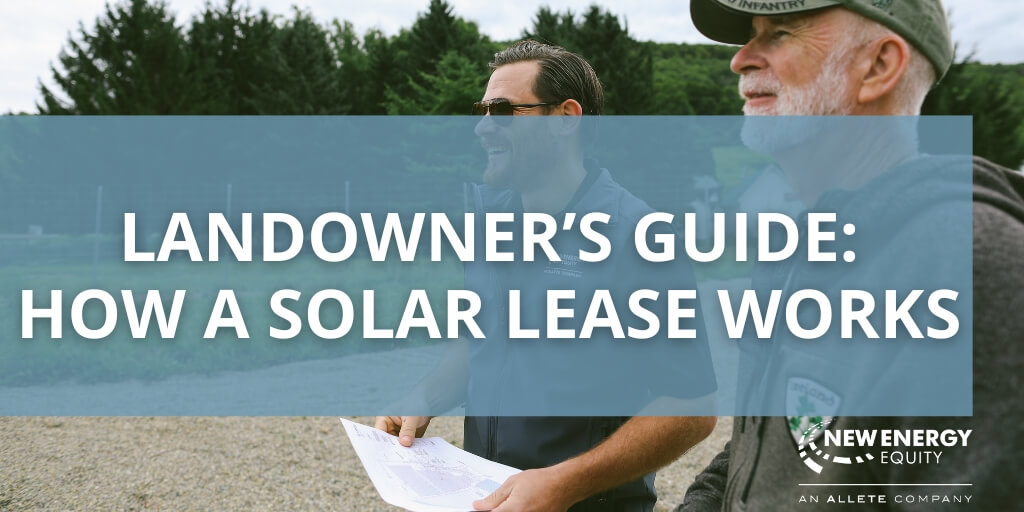New Energy Insights Blog

Landowner’s Guide: How a Solar Lease Works
By: Kyle Wehnes
What Is a Solar Lease?
A solar lease allows you to lease a portion of your land to host a solar energy project. You retain ownership of your land while receiving steady, long-term income from the lease. It is a low-impact way to diversify your income without giving up control of your property.
How It Generates Value
- Competitive annual lease payments with built-in yearly increases.
- A groundbreaking bonus paid at the start of construction.
- All property taxes are covered for the leased area.
- Guaranteed land restoration at the end of the lease, backed by a bond.
Financial Benefits & Long-Term Value
A solar lease provides passive income with little to no effort or upfront investment, making it an easy way to put your land to work. It also offers a smart way to diversify how your land is used and how you earn from it, without giving up ownership. Best of all, it delivers stable, predictable income for decades, helping you plan for your future with confidence.
What To Expect Over Time
The lease term typically lasts 25 years, with minimal disruption to your land. Construction takes 6-8 months, and once operational, the system is maintained by a dedicated team. At the end of the lease, the system is removed, and your land is restored to its original condition.
Why Landowners Say Yes
Solar leases offer stable, passive income without relying on weather or crop yields. You can continue farming or grazing livestock on nearby acreage. It’s a smart way to make your land work harder for you – on your terms.
Solar leases offer landowners a reliable and environmentally friendly way to generate income. Understanding the process and benefits can help you make an informed decision about leasing your land for solar energy. Reach out to your land agent to learn more.
